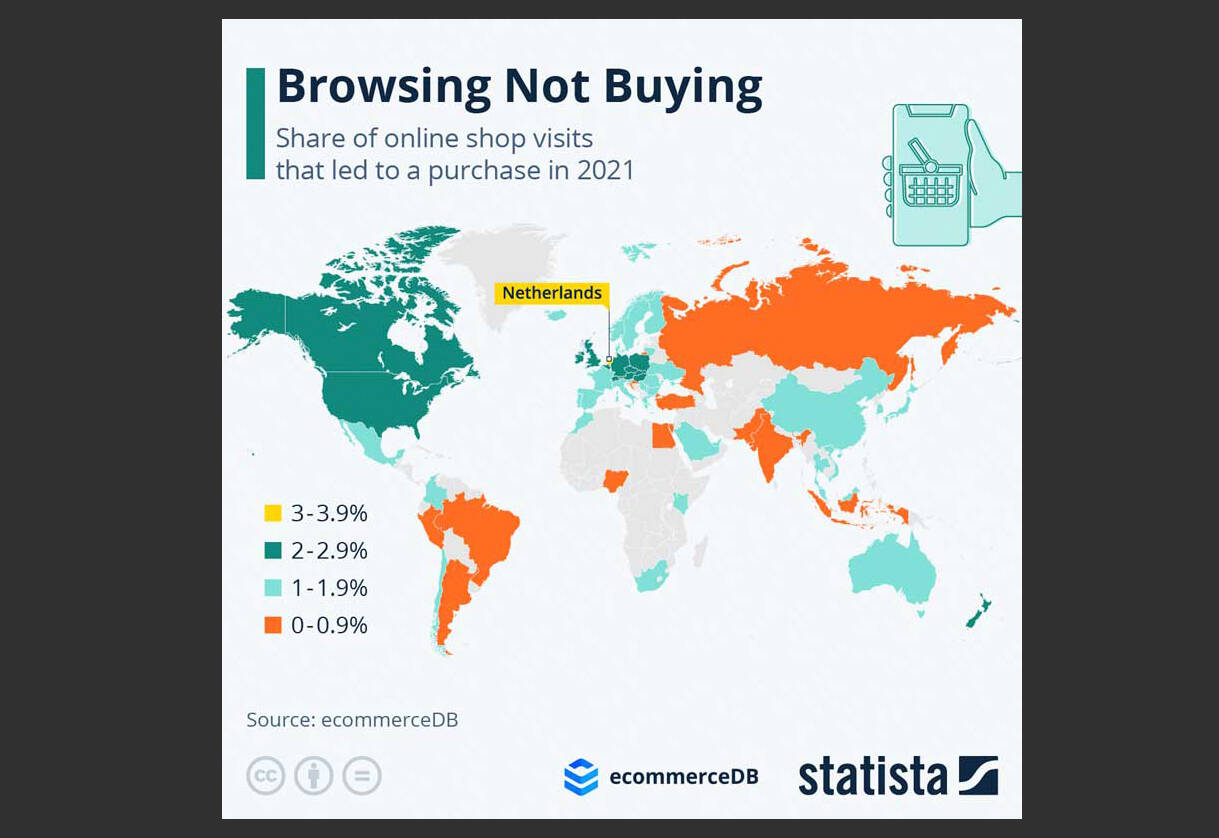By Morf Morford, Tacoma Daily Index
Anyone remember those breathless articles from a few digital eons ago where people told their stories about how to make a fortune by selling online?
Ebay and other online retail/auction sites have declined, and fortunes are made now by gaming and video hosting.
Shopping online, once the answer to mobility issues and a seemingly unlimited source of odd and exotic items from around the world has devolved, for better or worse, into a screen-based version of every day shopping.
When I first met my wife she was reluctant to leave a store without buying something. She considered it rude, if not suspicious, to look around and then leave.
No such issues occur as we shop online.
In fact, according to recent research, up to about 99% of us browse websites and don’t buy anything.
The standard rate of response to mail marketing (also known as junk mail) is about 1%.
So in a sense, over time, the rate of consumer response is about the same.
The difference is, of course, that mail marketing is unsolicited, while, most of the time, online shopping has a clearly defined purpose or shopping goal.
Potential customers essentially pre-select themselves and are primed and prepared to buy. But even with that, a purchase only happens, in most cases, about 2% of the time.
Online buying as a life-saver
During the pandemic, online shopping was a life-saver.
Having groceries and other essentials delivered was great – and for many of us became a new routine.
Since then, like many of us perhaps, I find myself shopping less online, and when I do, I find myself buying even less.
The year of this graph was 2021, which, I would guess, was about the height of online shopping (and buying).
In other words, my educated guess is that the percentage of online sales has probably dropped dramatically since then.
The sheer novelty of shopping online has given way to the mundane sense of shopping – however we do it.
Many of us buy things we never thought we would online – from shoes to food.
And many of us shop in ways we never would have before.
Thanks to free shipping and free returns, some people I know will buy several clothing items of different styles or sizes with the assumption that most, maybe even all of them, will be returned.
Virtually none of those items can be re-sold – at least through traditional outlets.
Most of it goes into solid waste cycles.
But buying like this has become the established buying pattern for many of us.
To put it mildly, established brick and mortar stores cannot compete with discount prices and free delivery.
Standard retail options and practices are being eliminated or drastically distorted.
Just in the past couple months I’ve run into stores or restaurants that are cash only – or that, like Starbucks (in some locations) take no cash.
Cash, after all, is a nuisance to handle, messy and counting it (every step of the transaction) is awkward and prone to error, theft and loss.
In God we trust. All others pay by Electronic Funds Transfer.
In short, what we buy, how we pay for it and how we shop for it shows little resemblance to what most of us did just a few years ago.
Love it or hate it, this is our world.
What shopping will look like in a couple years is anyone’s guess.





